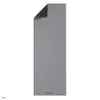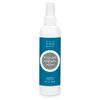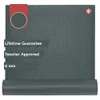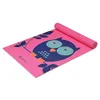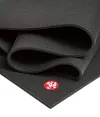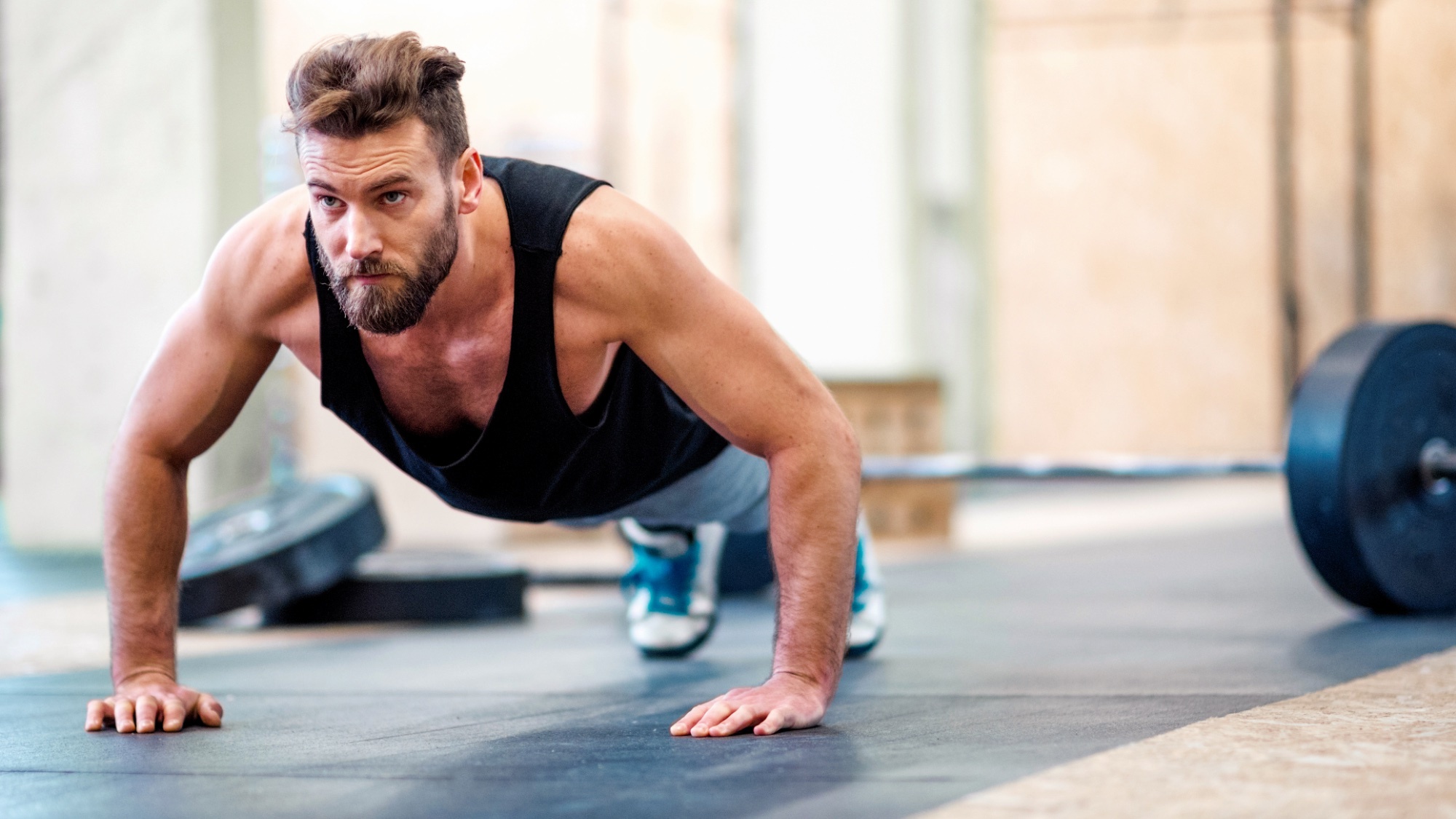
If you want to build a strong core and functional full-body strength, this calisthenics coach tells you how. Try this 12-move calisthenics workout for beginners and shelve away a spare 15 minutes — you only need some pull-up bars and a bench or some park equipment to work with.
Designed by the Calisthenics Family, the workout “sets the foundation” for other, more advanced calisthenics skills, promising to help you improve strength, build muscle and lose weight using your body weight. That said, there’s no magic workout for weight loss, so if losing fat is your goal, we also include a few tips on maximizing your chances.
Watch the Calisthenics Family's 6-move calisthenics workout
This is the first episode of the follow-along series. The first round is a push-pull upper body focus, and the second round emphasizes the core and lower body. Don’t worry if you’re a complete beginner, there are options for scaling, meaning anyone can train the complete body in a “short but effective” way.
1. Incline push-ups: push — 12 reps
If you’re learning how to do a push-up, an incline push-up is a more accessible variation that elevates your upper body; you’ll still work the same muscle groups, including your pecs, triceps and anterior deltoids (fronts of your shoulders), just with less intensity.
If you’d prefer to scale up the move, practice standard push-ups on your knees or toes or choose decline push-ups to progress the exercise further. You’ll need something to elevate your body — a wall, bench, or similar works well. Remember to keep your elbows drawn in and core engaged throughout.
2. Australian pull-ups: pull — 12 reps
The Australian pull-up is a gateway exercise into regular pull-ups and focuses on the biceps and back muscles. You’ll need a horizontal bar that reaches roughly hip or stomach height.
Keep your knees bent or straighten the legs, then pull your chest up to the bar using a full range of motion, ensuring that you extend your arms fully each time you lower.
Get instant access to breaking news, the hottest reviews, great deals and helpful tips.
3. Parallel bar dips: push — 8 reps
The bar dips work your chest and shoulders hard. Your coach uses a dipping station — two parallel bars, but you can use a bench or fence (see our how-to video below) instead. Once you’ve jumped onto the bars, lock your arms out and depress the scapulae so that your shoulders are drawn away from your ears.
Coach recommends squeezing your glutes and engaging your core, then you’ll need to protract the scapulae by bringing your chest and shoulders forward, then downward. Bend your elbows and lower to a 90-degree angle, pause, and drive upward. Unlike regular triceps dips, you’ll take your chest forward rather than lowering your body fully between the bars.
4. Chin-ups: pull — 8 reps
In the chin-ups vs pull-ups debate, chin-ups emphasize more of the biceps while still working the back muscles hard. You’ll adopt an underhand grip — the key difference between the two exercises — then focus on pulling your chin above the bar and lowering again with full control.
We strongly recommend learning scapula pull-ups first if you’re unsure how to protect your shoulders during this exercise — the drill provides context around the technique, including proper shoulder positioning and engagement before you pull yourself up.
Remember to pull your shoulder blades backward and downward before you attempt to pull up. If this is too challenging, loop one of the best resistance bands around your pull-up bar and place your foot or knee in the band for extra support; the thicker the band, the more assistance you’ll get.
5. Bodyweight squat: lower body push — 15 reps
A fundamental and foundational bodyweight strength exercise is the standard squat, hitting the glutes, hip flexors, quads, hamstrings and calves without weights.
If you struggle to sit parallel or below, coach recommends securing a band overhead in front of you and holding it while you squat. To progress the exercise, add some plyometrics into the mix by trying jump squats instead.
For those with limited mobility, we’ve put together some diagnostic tools (read: how to fix butt winks) to help you improve squat depth and technique.
6. Forearm planks: isometric hold — 30 seconds
Learning how to plank teaches you compound contraction — activating and contracting multiple muscle groups at once — without moving through any range of motion. It’s a low-impact way to strengthen muscles, including your core and hips, without movement, known as isometric contraction.
For this exercise, you can hold a straight-arm plank position to engage more of your arm muscles or rest on your forearms. Drive your elbows into the floor and form fists with your hands, squeezing them to help engage the upper body. We also recommend these best plank variations to keep things interesting.
7. Pike push-ups: push — 8 reps
Known as a shoulder strengthening exercise, the pike push-up mimics an overhead press using your body weight and a vertical push. Keep your elbows tracking backward and try to touch the ground with the crown of your head. Those with tight hamstrings should softly bend their knees.
8. Pull-ups: pull — 8 reps
If you’re still learning how to do pull-ups properly, loop a resistance band around your bar and step your foot or knee inside the loop. Adopt a slightly wider overhead grip just outside of shoulder-width apart. Just like chin-ups, draw the scapulae downward and activate your shoulders before you begin initiating movement.
9. Jump lunges: lower body push — 12 reps (6 per leg)
Practice standard lunges first, then work on building plyometric strength by adding jump lunges into the mix. Explosive exercise trains your type II fast-twitch muscle fibers, which switch on during high-intensity, fast-paced movement to help facilitate movement.
If you’re working with an injury, remove the jumps and stick with regular bodyweight lunges instead.
10. Single-leg Romanian deadlift: hinge/pull lower body — 12 reps (6 per leg)
The single-leg Romanian deadlift teaches balance, coordination, control and stability while tapping into the posterior chain muscles, including your lower back, glutes and hamstrings.
Focus on keeping your hips square as you lift one leg behind you and lower your chest roughly parallel to the ground. You can keep a soft bend in your standing leg, and try to lower and lift for at least 3 seconds per phase without rushing.
Coach recommends trying bodyweight glute bridges instead if this exercise doesn’t work for you, and demonstrates the variation on the spot. Glute bridges hit the glutes harder, as the name suggests, but positioning your feet further from your butt can help activate the hamstrings.
11. Hanging knee raises: core / pull — 10 reps
Grip strength is key for calisthenics workouts, so the hanging knee raise exercise builds stronger core and hip flexor muscles and tests forearm and grip strength. Start with a dead hang position, simply hanging from the bar, then perform your knee tucks from this starting position.
Coach also demonstrates how to do this exercise on the floor if hanging from a bar isn’t possible. The exercise encourages full-body engagement, recruiting the upper body during the hang and the lower body during the knee tucks. Control the movement without rushing and avoid hunching your shoulders to your ears.
12. Russian twists: core/rotation — 15 reps
The Russian twist is a staple core exercise used in ab workouts everywhere. The rotational motion engages the oblique muscles — a group of internal stabilizers and external muscles that run down the waist and support lateral flexion and rotation.
Position the feet on the floor or lift your legs to 90 degrees to progress the move. Keep tension in your torso throughout and avoid hunching your back or shoulders so your spine remains straight and neutral. If this exercise is off the table completely, coach demonstrates assisted sit-ups instead.
Will this workout help fat loss?
Sadly, there’s no one-stop shop for fat loss; instead, it comes down to a combination of factors. We first recommend increasing your overall movement throughout the day, called Non-Exercise Activity Thermogenesis (NEAT); this relates to energy burn outside of “dedicated” exercise, so the more walking and moving you do, the better.
Next, think about calculating your macros and understanding calorie intake. Most coaches drill home the importance of a moderate calorie deficit for fat loss but think about the quality of food you eat, too — protein, fats and carbs (macros).
Foods high in protein will keep you sated for longer, and help build and repair muscle. Calories aren't created equal, so understanding what you're eating, the calorie make-up of that food and your needs is crucial.
Lastly, exercise in a way that allows you to be consistent and enjoy workouts. A mix of resistance training, gentle cardio, stretching, strength training, or walking can help keep your metabolism ticking along as you build muscle and strength. The less fat and more lean muscle mass you have, the greater your overall calorie-burning potential.
More from Tom's Guide
- Forget regular push-ups — try banded hover push-ups to strengthen both your upper body and core
- 3 assisted stretches develop flexibility and strength without equipment
- I walked for 90 minutes every day for two years — here’s what changed for me

Sam Hopes is a level 3 qualified trainer, a level 2 Reiki practitioner and fitness editor at Tom's Guide. She is also currently undertaking her Yoga For Athletes training course.
Sam has written for various fitness brands and websites over the years and has experience across brands at Future, such as Live Science, Fit&Well, Coach, and T3.
Having coached at fitness studios like F45 and Virgin Active and personal trained, Sam now primarily teaches outdoor bootcamps, bodyweight, calisthenics and kettlebells.
She also coaches mobility and flexibility classes several times a week and believes that true strength comes from a holistic approach to training your body.
Sam has completed two mixed doubles Hyrox competitions in London and the Netherlands and finished her first doubles attempt in 1:11.



